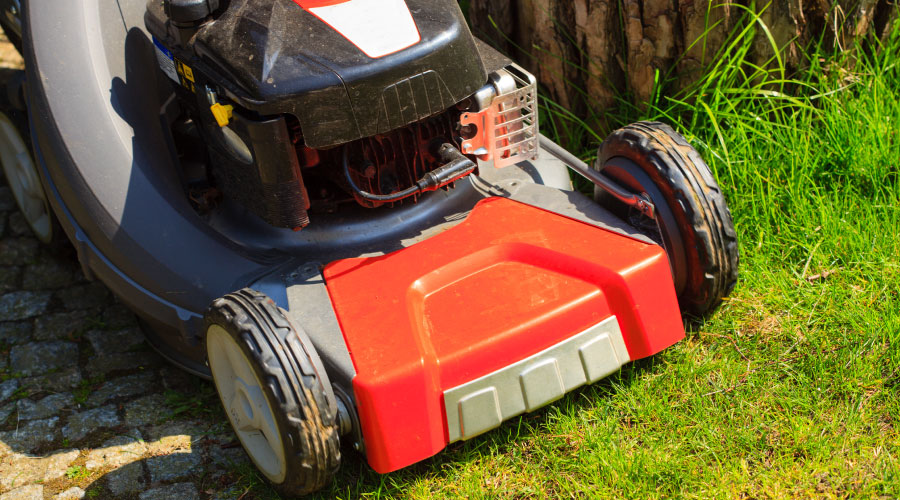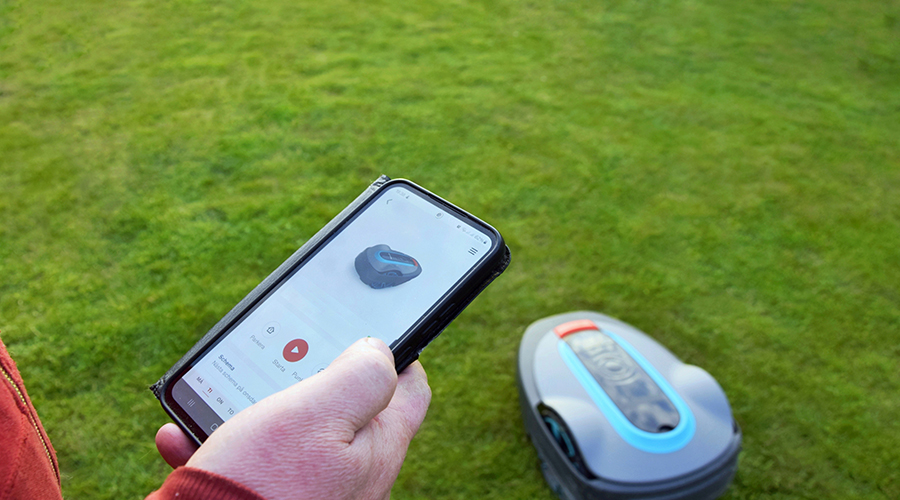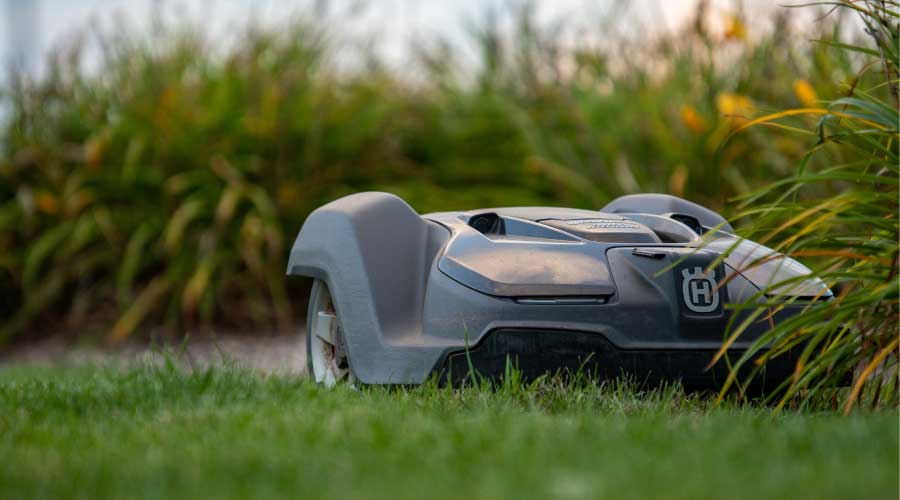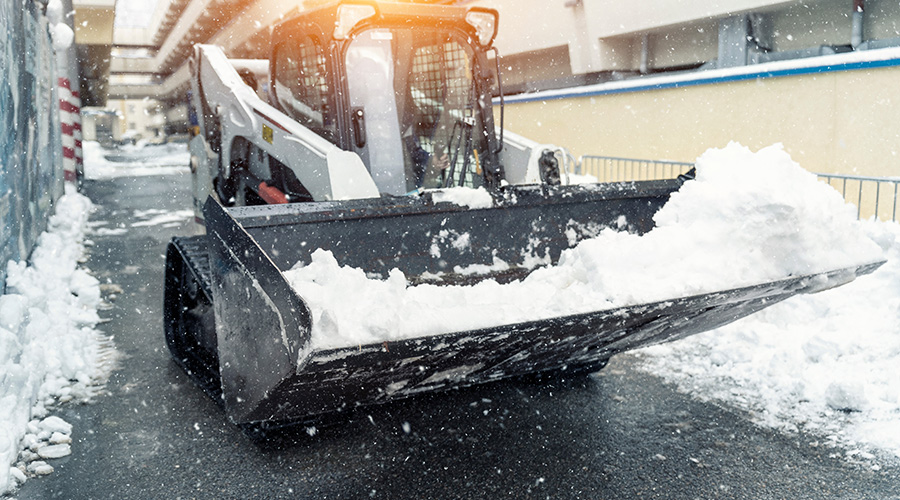Rental Equipment: Lifts, Spot Coolers and Backhoes
Energy and materials costs are rising, technology keeps evolving, and budgets are getting tighter. Despite these changing dynamics, one issue remains constant for maintenance and engineering departments: the need for the right equipment at the right time and price to perform essential tasks.
Building occupants and facility executives do not tend to care very much about the way maintenance gets done, as long as it gets done quickly and properly. To achieve this goal, managers are constantly revisiting their product decisions in an effort to keep facilities maintained cost-effectively.
Many managers are rethinking their approach to equipment rental. Done properly, rental expands departments’ arsenals of tools and equipment, keeps repair costs down, and ensures front-line technicians have the resources they need in order to perform their work properly, safely and efficiently.
The Gamut of Equipment
The types of equipment managers rent is as varied as their facilities and the systems they contain — everything from spot-cooling units and generators to backhoes and personnel lifts.
Pat McGough, facilities manager with West Linn-Wilsonville School District near Portland, Ore., says his department, with 62 full-time staff, also relies on key pieces of rental equipment to perform maintenance on 70 buildings containing 1.4 million square feet. Among that equipment is a large backhoe to dig deeper than 8 feet, aerial lifts to maintain stadium lighting, mowing equipment, generators and a concrete saw.
Timothy Newman, assistant director of landscape and natural resources with the University of Central Florida, says while his department probably doesn’t rent equipment as much as other departments, they do rely on it for a range of important tasks.
Two rental experiences offer proof that checking the condition of equipment before renting is essential. Newman’s department has rented a skid steer loader, often for months at a time, when rehabilitating forest areas on campus. This rental experience generally goes well, in part because the unit is relatively new and in good operating condition. But for other projects, the department has rented older equipment that was not in good shape and performed poorly as a result, Newman says.
Newman is involved in two projects with rental equipment as a central component.
First, he is undertaking an effort to help the department prepare for an emergency and give him a better handle on the department’s rental needs and costs. Newman is compiling a summary of the overall cost to rent or buy all new equipment if a disaster were to wipe out the department’s grounds equipment arsenal. He is compiling rental rates for all types of equipment, including mowers, utility vehicles, trucks and light-construction equipment.
Second, the department has created a new arboriculture crew to perform structural pruning throughout the campus. The university’s 1,415-acre main campus includes 600 acres of lakes, woodlands, and an arboretum.
“We knew we were going to have to rent more equipment, so now we’re looking at whether to buy,” Newman says.
Related Topics:














